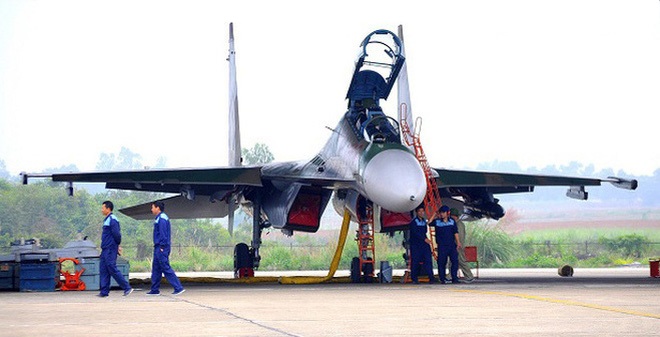Viet
ELITE MEMBER

- Joined
- Jun 18, 2012
- Messages
- 29,950
- Reaction score
- 0
- Country
- Location
Autsch! that is a sharp rhetoric by Bannon, unthinkable under Obama administration. Some in America may have finally realized that appeasement policy has led to nowhere.But of course......
Talking about Steve Bannon, here is a very interesting article and very relevant to Vietnam:
Steve Bannon: 'We're going to war in the South China Sea ... no doubt'
https://www.theguardian.com/us-news...non-donald-trump-war-south-china-sea-no-doubt
Only months ago Donald Trump’s chief strategist predicted military involvement in east Asia and the Middle East in Breitbart radio shows
Steve Bannon: ‘We’re going to war in the South China Sea in five to 10 years. There’s no doubt about that.’ Photograph: Evan Vucci/AP
Benjamin Haas in Hong Kong
Thursday 2 February 2017 03.55 GMTLast modified on Thursday 2 February 2017 05.09 GMT
The United States and China will fight a war within the next 10 years over islands in the South China Sea, and “there’s no doubt about that”. At the same time, the US will be in another “major” war in the Middle East.
Those are the views – nine months ago at least – of one of the most powerful men in Donald Trump’s administration, Steve Bannon, the former head of far-right news website Breitbart who is now chief strategist at the White House.
In the first weeks of Trump’s presidency, Bannon has emerged as a central figure. He was appointed to the “principals committee” of the National Security Council in a highly unusual move and was influential in the recent travel ban on citizens from seven Muslim-majority countries, overruling Department of Homeland Security officials who felt the order did not apply to green card holders.
While many in Trump’s team are outspoken critics of China, in radio shows Bannon hosted for Breitbart he makes plain the two largest threats to America: China and Islam.
“We’re going to war in the South China Sea in five to 10 years,” he said in March 2016. “There’s no doubt about that. They’re taking their sandbars and making basically stationary aircraft carriers and putting missiles on those. They come here to the United States in front of our face – and you understand how important face is – and say it’s an ancient territorial sea.”
China says nearly the entire South China Sea falls within its territory, with half a dozen other countries maintaining partially overlapping claims. China has built a series of artificial islands on reefs and rocks in attempt to bolster its position, complete with military-length airstrips and anti-aircraft weapons.
Bannon’s sentiments and his position in Trump’s inner circle add to fears of a military confrontation with China, after secretary of state Rex Tillerson said that the US would deny China access to the seven artificial islands. Experts warned any blockade would lead to war.
Bannon is clearly wary of China’s growing clout in Asia and beyond, framing the relationship as entirely adversarial, predicting a global culture clash in the coming years.
“You have an expansionist Islam and you have an expansionist China. Right? They are motivated. They’re arrogant. They’re on the march. And they think the Judeo-Christian west is on the retreat,” Bannon said during a February 2016 radio show.
On the day Trump was inaugurated, China’s military warned that war between the two countries was a real possibility.
“A ‘war within the president’s term’ or ‘war breaking out tonight’ are not just slogans, they are becoming a practical reality,” an official wrote on the website of the People’s Liberation Army.
Aside from conflict between armies, Bannon repeatedly focused on his perception that Christianity around the world is under threat.
In one radio show, used to promote an article incorrectly claiming that a mosque had been built at the North Pole, Bannon focused heavily on China’s oppression of Christian groups.
“The one thing the Chinese fear more than America … they fear Christianity more than anything,” he said.
But China is not the only hotspot Bannon sees, and forecasts another ground war for American troops in the Middle East.
“Some of these situations may get a little unpleasant,” Bannon said in November 2015. “But you know what, we’re in a war. We’re clearly going into, I think, a major shooting war in the Middle East again.”
He also branded Islam as “the most radical” religion in the world, and moved swiftly since entering the White House to enact policies hostile to Muslims. Some have called Trump’s central doctrine a “war on Islam”.
If anything, the last 6 months have shown that the mainstream media, particularly in USA is all a big charade.
Have you heard the news?
Our friend Rex Tillerson has received Senat approval. I think, both Bannon and Tillerson will become best friends in the White House.





























 SK is simply spreading misinformation about me.
SK is simply spreading misinformation about me. 